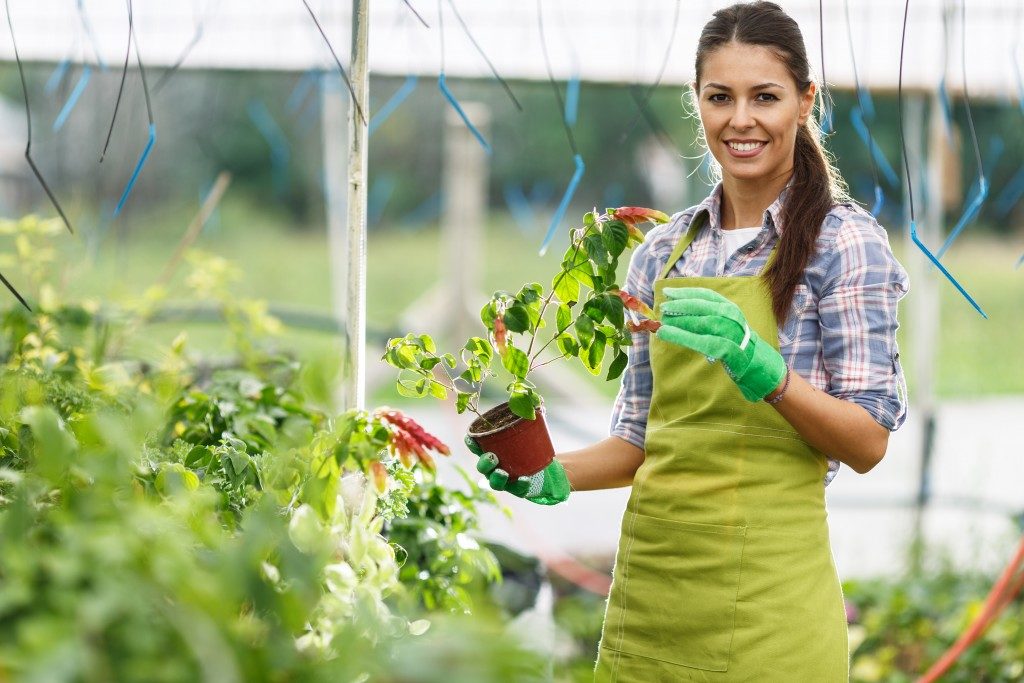Greenhouses are an integral part of every green thumb’s home and have been increasingly used by restaurants who wish to grow their herbs, spices, and vegetables. Greenhouses allow one to regulate the conditions and climate where plants grow and are constructed with transparent materials to allow sunlight (called “glazing”). Traditionally, greenhouses are made of glass, specifically glass panels secured on a frame made of wood or steel. But as technology progressed, more materials have been made available for the construction of greenhouses such as polycarbonate sheet and polyethene film.
Greenhouses today can be constructed from scratch as a DIY project, or can be bought pre-fabricated or ready-to-assemble. But regardless of whether you intend to make your greenhouse or assemble one, you’ll still need to decide on which “glazing” you’ll need for your conservatory.
<>So before you contact local glass or polycarbonate sheet suppliers for your greenhouse project in your quaint house in Brighton, UK, it’s best to know the common materials used for greenhouse glazing and their features:
Glass
Glass is the oldest and the most classic greenhouse glazing material; the textbook image of a greenhouse is often that of a glass-panelled greenhouse. Glass is aesthetically pleasing and attractive, and allows enough light to pass through to create a controlled environment to assist with plant cultivation. However, glass could be brittle and requires high precision when cutting and installing panels. Additionally, glass doesn’t diffuse light as well as other materials, and poor thermal efficiency could damage plants. Although well-maintained glass could last up to 25 or 30 years, its brittleness could also rack up maintenance and repair cost, and may prove to be expensive in the long run.
Polycarbonate Sheet Panels
Polycarbonate sheets are significantly much more durable than glass and are made of the same material used for bulletproof glass so you wouldn’t have to worry about brittle greenhouse walls. Polycarbonate is often installed in double or triple layer which helps with insulation and provides optimal sunlight and heat to your plants (promoting growth and avoiding damage from too much heat and sunlight). Polycarbonate is relatively easy to cut and won’t break, unlike glass during installation. Although polycarbonate could last for decades, it can be susceptible to scratching and may be discoloured (or turn yellow) if not UV-treated.
Polyethene (or “Poly”) Film

Poly film greenhouse has become a low-cost go-to option for gardeners and growers in warmer climates. They’re the cheapest of the greenhouse glazing materials and can be easily be cut and customized. Poly film greenhouse can also be installed with layers to help with insulation. It can diffuse light effectively and provide an optimal cultivating environment for plants. However, although it’s very cheap, poly film has a short life span (about 1 to 4 years) and could not correctly insulate during winter months (which is why it’s used mostly in warm climates).
Conclusion
There are various material options out there for your greenhouse, and regardless of which material you use, make sure that your frame and overall structure is well-planned and designed. Always put as much effort in designing and planning as to when you’re picking your material, that way you’ll have a long-lasting and productive greenhouse. Happy gardening!

